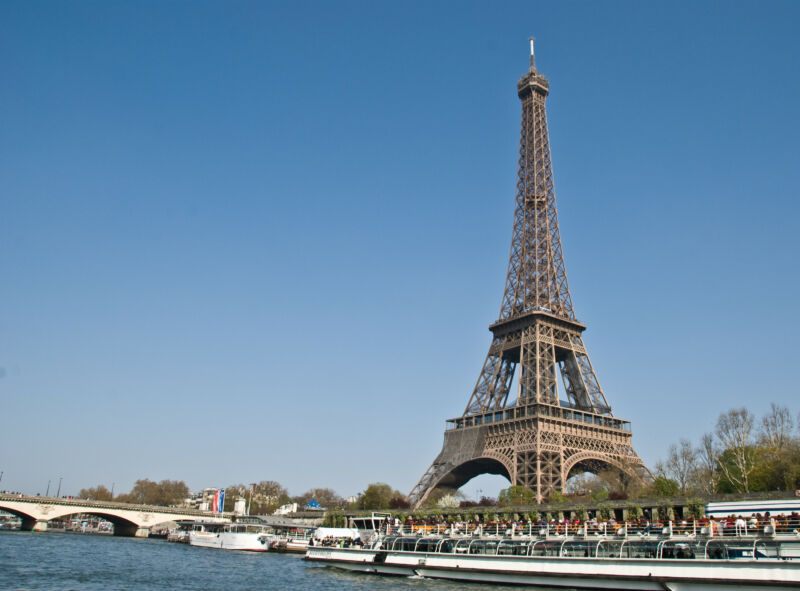
Enlarge (credit: Gary Campbell-Hall / Flickr)
Midway through 2017, President Donald Trump announced that the United States intended to withdraw from the Paris Agreement, an international accord to address climate change by reducing greenhouse gas emissions. But the structure of the Paris Agreement meant that the withdrawal couldn’t take place until late 2020. On Wednesday, the US officially exited the agreement, abandoning its pledges.
President Trump’s stated reason for withdrawing—he claimed it was too expensive and unfair to the United States—didn’t really jibe with the design of the agreement, which was based on voluntary pledges that could be updated over time. (He also exaggerated the agreement’s costs and downplayed its benefits.) Of course, he has repeatedly dismissed the science of climate change, which certainly influenced his decision.
But is this the end of US involvement in the Paris Agreement? That still depends entirely on the outcome of the election. But rejoining the agreement is much easier than quitting it.
No comments:
Post a Comment